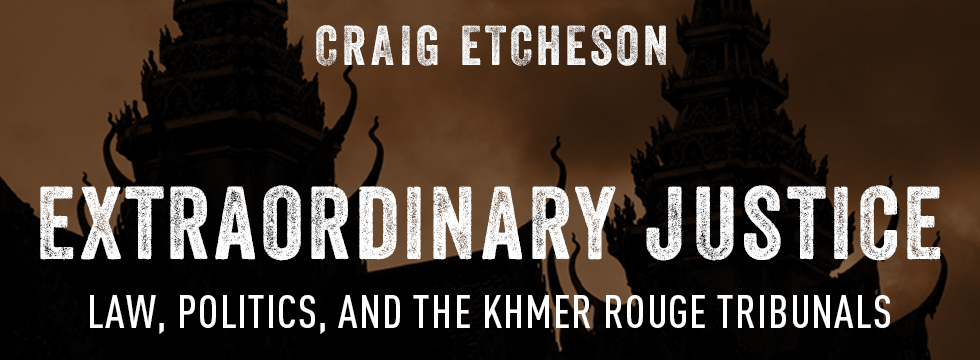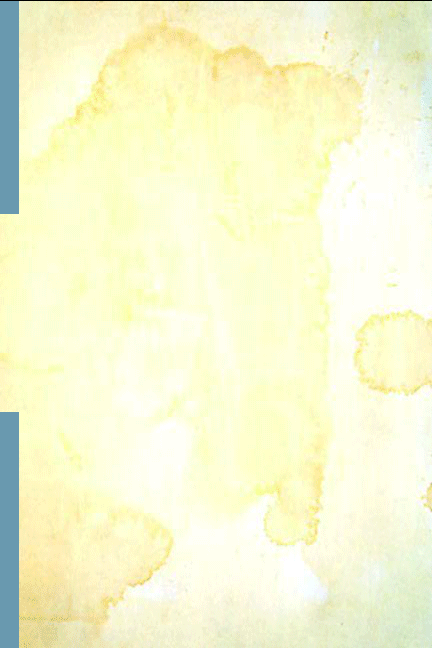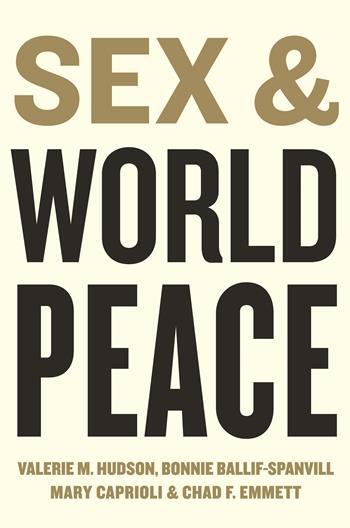Q&A: Raya Morag on the #MeToo Movement, Cambodian Cinema, and the Case of Forced Marriage and Rape

“This compelling book will matter as long as mass atrocities persist. Focused on the Cambodian genocide, Morag addresses a new phase in how we confront such events: films where survivors confront perpetrators face-to-face. These confrontations bring the visceral truth borne directly of human encounter to the fore with consequences both intensely personal and profoundly political.”
~Bill Nichols, author of Speaking Truths with Film: Evidence, Ethics, Politics in Documentary
How has the #MeToo movement spread around the world? In today’s Women’s History Month post, Raya Morag, author of Perpetrator Cinema: Confronting Genocide in Cambodian Documentary, describes the women’s movement in Cambodia through the resistance forced marriages and rape through cinema. Learn how Cambodian film and documentaries have solidified a dynamic role in exposing the atrocities toward girls and women in this Q&A with Morag.
If you’re looking to read more, enter our giveaway for a chance to win a copy of Perpetrator Cinema.
• • • • • •
Q: Is there a Cambodian #MeToo?
Raya Morag: It is remarkable that in the wake of Hollywood cinema’s decisive role in the emergence and consequent globalization of #MeToo, Cambodian cinema also gave rise to the breaking of thirty years of silence on past sexual abuse. Though #MeToo as a movement has not yet become a dominant force in Cambodian daily life, one of its major goals has been achieved by current Cambodian cinema. Cambodian autobiographical (or semi-autobiographical) documentary films made during the last decade present Cambodian women who were victims of forced marriage and marital rape, gang rape, sexual abuse, and enforced pregnancy during the Khmer Rouge regime. The films disclose for the first time this horrific gendered aspect of the Cambodian genocide. My book, which analyzes Cambodian cinema’s search for the truth about one of the worst human tragedies of the twentieth century, in which two million Cambodian died, devotes a thorough discussion to this relatively unknown chapter of the Cambodian historical trauma.
Q: What exactly is the phenomenon of forced marriage and rape?
RM: During the Khmer Rouge dictatorship (1975-1979) under the regime of the Communist Party of Kampuchea, the concept of marriage was reconstructed. In September 1977, and especially after 1978, the death rate in Cambodia, subjected to a radical Communist agrarian utopia, was so terrible that Pol Pot announced the party objective of increasing Cambodia’s population from seven million to twenty million within ten to fifteen years. Up to 500,000 young women, often aged 14 or 15, were forced into marriages with Khmer Rouge cadres. Throughout the country, people were typically married in mass ceremonies ranging from two to over one hundred couples. Under threat of death, the young brides were forced to consummate their marriages on their wedding nights with men they had never met before.
Q: Which film paved the way to the disclosure of this taboo subject?
RM: Lida Chan and Guillaume P. Suon’s award-winning documentary film Red Wedding (2014) tells the story of forty-eight-year-old Pen Sochan, who at the age of sixteen was forced to marry a much older man, a soldier, whom she had never met. As she says at the beginning of her testimony: “This story disgusts me. I feel sorry for my body. I hate my ex-husband. I want to cut off the parts of my body that he touched at that time.” On the wedding night, she was abused, beaten, and raped several times by her husband and later by other Khmer Rouge cadres. Afraid and ashamed to talk about this trauma, Sochan kept silent for thirty years. The film presents a series of four scenes in which she confronts the low-ranking perpetrators who were in charge of her forced marriage. Furthermore, the film follows her as a civil party in the trials, bringing her complaints against the Khmer Rouge leadership, especially female perpetrators, to the Khmer Rouge tribunal (the Extraordinary Chambers in the Courts of Cambodia for the Prosecution of Crimes Committed during the Period of Democratic Kampuchea/ ECCC).
The film stands out, first, because it deals with the Cambodian genocide as a gendered genocide, exposing the taboo issue of forced marriage and rape after a four-decades long suppression and cover-up of the circumstances relating to it inside and outside Cambodia. In contrast to revelations made inside Cambodia by both the cinema and the ECCC, and while stories of forced labor, starvation, executions, and the “killing fields” have been etched into the imagination of the international community, even belatedly, the story of gender violence remained largely untold.
Second, Red Wedding is striking because it is only with the recent intervention of the ECCC in 2014 that the unique Cambodian genocidal form of forced marriage and the subsequent rape it engendered have been recognized as Khmer Rouge official policy, if only gradually.
Exposing marital rape, gang rape, and rape assisted by or perpetrated by state actors, Sochan’s (and others’) disruptive testimonies, given in the name of 500,000 silenced voices, reveal that forced marriages and conjugal relations perpetuated a state-enforced culture of rape and abuse, especially of women, by which sexualized gender-based violence, particularly in marriage, was normalized with impunity via state policy, and thus should be brought to court. The Court noted that the nature and implementation of this policy would be addressed only in a follow-up trial, that is, in Case No. 002/02, which is currently pending.
Q: This is a unique case of cinema that was built after a total destruction of the cinema industry and becomes part of a cultural and legal transformation in a post-genocide era. Did the films further influence the gendered social sphere?
RM: Sexual violence continues to be a problem in Cambodia today. There is therefore an opportunity for the ECCC to respond meaningfully to these crimes in a way that recognizes the ongoing nature of violence against women in Cambodia. Following the films, the first exhibition on forced marriage and rape was launched in 2016 and women continue to reveal their stories through other artistic forms, such as ballet.
Q: What is the role of Cambodian cinema and culture in healing post-traumatic society?
RM: My book analyzes what I see as an extraordinary phenomenon in world cinema: Docu/history-activists providing the cinematic stage for first-generation survivors’ face-to-face confrontations with their perpetrators. In the case of Sochan and Red Wedding, as well as other films featuring survivors, this confrontation was later completed and rewritten in legal terms by the ECCC. The films show that beyond the (female) perpetrators’ denial of their accountability, the ongoing confrontation built the survivors’ subjectivity, enabled the mourning of the dead, and thus reconnected the Cambodians to their previously banned religiousness. It also undermined the perpetrators’ subject position as a constant threat to their neighbors, supported new definitions of gender crimes as crimes against humanity, led to a new evidentiary legal level, and empowered the subject position of the civil party, thus building the new ethics of the community.
The conclusion of the book suggests that these intense first-generation embodied memories resist remembering and instead continue to haunt the individual and the collective, thus proposing some reflections on the unique role of gendered cinema in healing post-traumatic society in a post-genocide era.
Explore more from our celebration of Women’s History Month and check back in on Thursday at 9am EST to read an except from this book.






